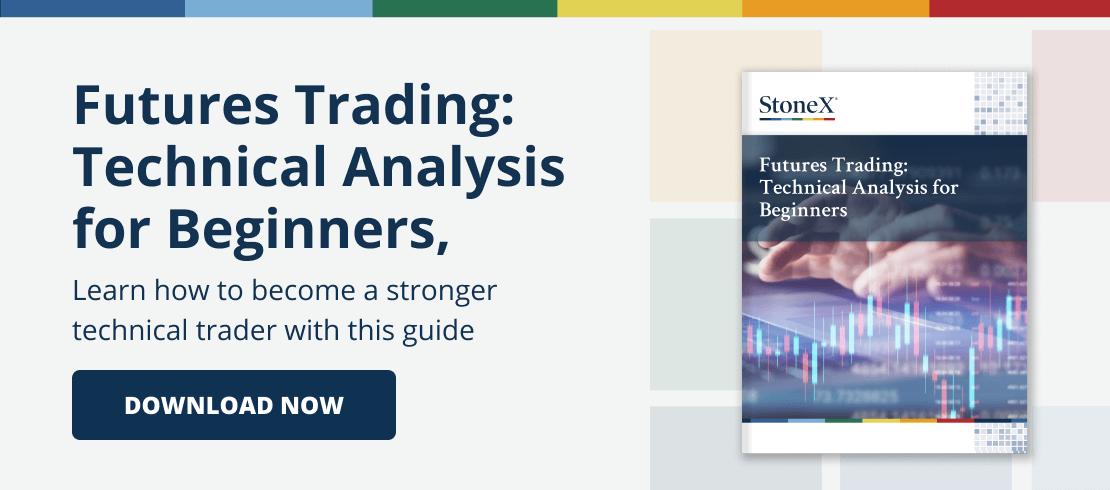Crack Spread
The CRACK spread study is a futures transaction that parallels the process of refining Light Crude Oil (CL) into petroleum products, such as Heating Oil (HO) and Unleaded Gas (HU). Since the refining process involves “cracking” crude oil into its major components, the spread is referred to as a crack. Two of the major oil products produced in refineries are heating oil and unleaded gasoline. Therefore, the CRACK spread only involves crude oil (CL), unleaded gasoline (HU), and heating oil (HO).
The basic calculation is a simple one that is made somewhat more complicated because the quantities are given in different units. These units for crude oil (CL), unleaded gasoline (HU), and heating oil (HO) must be converted to the divisor unit. For example, CL is quoted in dollars per barrel, but HO and HU are both quoted in dollars per gallon – HO and HU must be converted to gallons, this is done by multiplying their prices by 42 (1 barrel = 42 gallons).
The price of each leg of the spread is then multiplied by the number of contracts for each leg (the default number of contracts for Crack Spreads is a 1-2-3 ratio). The cost of the crude oil is subtracted from the cost of the products, and the result is divided by the number of contracts of crude oil. This results in the following expression:
– %CL * 3 + %HU * 2 * 42 + %HO * 1 * 42
Interpretation
The CRACK study is similar to the CRUSH spread used for soybean. The combined value of heating oil and unleaded gasoline must exceed the crude oil price by more than the refining production costs. The most common ratio for the CRACK spread is 1-2-3. Three barrels of crude will produce two barrels of unleaded gasoline, and one barrel of heating oil. However, you are allowed to use other ratios when calculating the spread.
The CRACK spread results may be affected by the seasons. For instance, during the summer months, unleaded gasoline (HU) is in greater demand than heating oil (HO). During the winter months, the demand will shift to heating oil.
If a spread was too narrow to produce a refining profit, you could assume product prices would have to rise to catch up to crude oil prices. Therefore, you would favor heating oil and gasoline contracts over crude oil.
On the other hand, if there is a large spread between product and crude prices, you could assume refiners would push production and selling of unleaded gasoline and heating oil to take advantage of the profit. This increase in selling would tend to push product prices lower. Therefore, you would favor the crude oil over heating oil and gasoline.
View Other Technical Analysis Studies
- Bollinger Bands
- Commodity Channel Index
- Crack Spread
- Crush Spread
- Default
- Directional Movement Index
- Envelope
- Exponential Moving Average
- Exponential Oscillator
- High Low Moving Average
- Highest High / Lowest Low
- Historic Volatility
- Keltner Channel
- Least Squares Linear Regression
- Line Oscillator
- Momentum
- Moving Average
- Moving Average Convergence Divergence
- Moving Standard Deviation
- Open Interest
- Oscillator
- Parabolic Stop and Reversal
- Rate of Change
- Relative Strength Index
- Smoothed Moving Average
- Smoothed Oscillator
- Stochastic
- Variable Moving Average
- Volume
- Volume and Open Interest
- Weighted Close
- What is the Slow Stochastic Oscillator?
- Williams’ %R

